Common brass is an alloy of copper and zinc.
When the zinc content is less than 39%, zinc can dissolve in copper to form single phase a, which is called single-phase brass. It has good plasticity and is suitable for cold and hot pressure processing.
When the zinc content is more than 39%, there are a single phase and B solid solution based on copper and zinc, which is called duplex brass. B makes the plasticity small and the tensile strength increases, so it is only suitable for hot pressure processing
If the mass fraction of zinc continues to increase, the tensile strength will decrease and there is no use value
The code is indicated by "H + number", H represents brass, and the number represents the mass fraction of copper.
For example, H68 means brass with copper content of 68% and zinc content of 32%. For cast brass, the word "Z" is before the code, such as zh62
For example, zcuzn38 means cast brass with zinc content of 38% and copper allowance.
H90, H80 single-phase, golden yellow, so there is gold collectively known as plating, decorations, medals, etc.
H68 and H59 belong to duplex brass, which are widely used in structural parts of electrical appliances, such as bolts, nuts, washers, springs, etc.
In general, single-phase brass is used for cold deformation and dual phase brass is used for hot deformation.
Special brass classification:
In order to improve the corrosion resistance, strength, hardness and machinability of brass, a small amount of tin, aluminum, manganese, iron, silicon, nickel, lead and other elements (generally 1% - 2%, a few 3% - 4%, and a few 5% - 6%) are added into the copper zinc alloy to form ternary, Quaternary, or even five element alloy, namely complex brass, also known as special brass.
Lead brass
Lead is practically insoluble in brass and distributed on the grain boundary as free particles. There are two kinds of lead brass: α and (α + β). Due to the harmful effect of lead, the high temperature plasticity of α - lead brass is very low, so it can only be cold deformed or hot extruded. (α + β) lead brass has good plasticity at high temperature and can be forged.
Tin brass
Adding tin to brass can obviously improve the heat resistance of the alloy, especially the ability to resist seawater corrosion. Therefore, tin brass is known as "Navy brass".
Tin can dissolve into copper based solid solution and play a role of solid solution strengthening. However, with the increase of tin content, brittle R phase (CuZnSn compound) will appear in the alloy, which is not conducive to the plastic deformation of the alloy, so the tin content of tin brass is generally in the range of 0.5% - 1.5%.
The commonly used tin brass is HSn70-1, HSn62-1, hsn60-1, etc. The former is A-alloy with high plasticity, which can be processed by cold and hot pressure. The latter two grades of alloy have (α + β) two-phase structure, and a small amount of R-phase often appears. The plasticity at room temperature is not high, and it can only be deformed in hot state.
Manganese brass
Manganese has great solubility in solid brass. When 1% ~ 4% manganese is added to brass, the strength and corrosion resistance of the alloy can be significantly improved without reducing its plasticity.
Manganese brass has (α + β) structure, hmn58-2 is commonly used, and its cold and hot processing properties are quite good.
Iron brass
In iron yellow copper, iron precipitates from iron rich phase as crystal nucleus to refine grain and prevent recrystallization grain growth, so as to improve mechanical and technological properties of the alloy. The iron content of iron brass is usually less than 1.5%, its structure is (α + β), which has high strength and toughness, good plasticity at high temperature and deformation at cold state. The commonly used brand is hfe59-1-1.
Nickel brass
Nickel and copper can form a continuous solid solution and enlarge the α phase region significantly. The corrosion resistance of brass in atmosphere and sea water can be improved by adding nickel into brass. Nickel can also increase the recrystallization temperature of brass and promote the formation of finer grains.
Hni65-5 nickel brass has a single-phase α structure. It has good plasticity at room temperature and can also be deformed in hot state. However, the content of impurity lead must be strictly controlled. Otherwise, the hot working performance of the alloy will be seriously deteriorated.
About us
Baoding Liyuan copper parts manufacturing Co., Ltd. has focused on the copper casting industry for more than 40 years. The company covers an area of 28000 square meters. It is a technical production enterprise that always focuses on the casting and processing of copper and copper alloy.
◆ About us◆ President address◆ Development history◆ Qualifications honors◆ Plant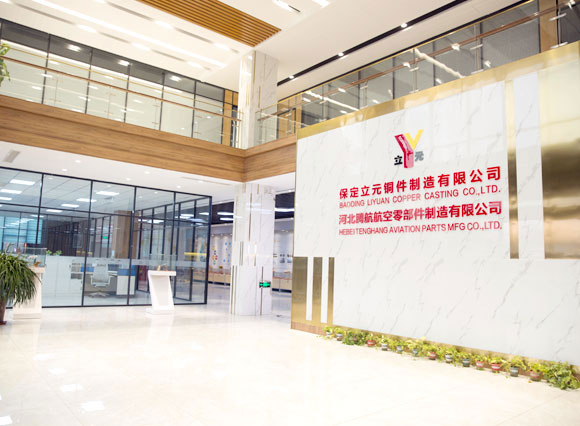
News
Baoding Liyuan copper parts manufacturing Co., Ltd. has focused on the copper casting industry for more than 40 years. The company covers an area of 28000 square meters. It is a technical production enterprise that always focuses on the casting and processing of copper and copper alloy.
◆ Company news◆ Industry trends◆ Daily copper price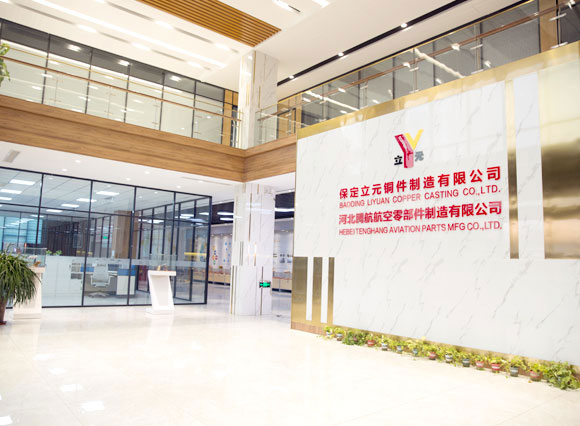
Products
Baoding Liyuan copper parts manufacturing Co., Ltd. has focused on the copper casting industry for more than 40 years. The company covers an area of 28000 square meters. It is a technical production enterprise that always focuses on the casting and processing of copper and copper alloy.
◆ Pure copper casting◆ Brass casting◆ Beryllium copper casting◆ Aluminum bronze casting◆ Tin bronze casting◆ Copper casting for pump valve◆ Copper parts of railway catenary◆ Copper parts of explosion-proof tools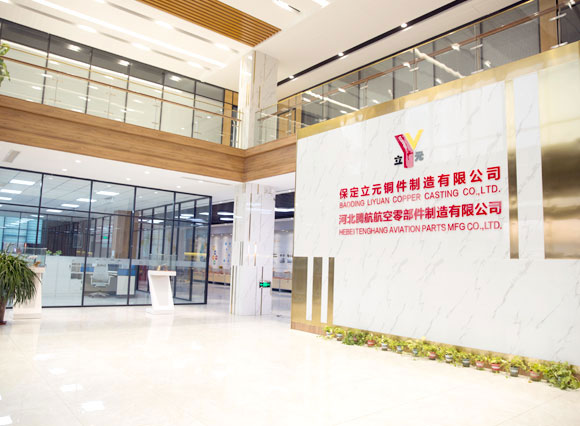
Technology
The company is mainly engaged in the R & D, production and sales of copper alloy castings with high performance, high precision, high conductivity, high strength and high difficulty.
◆ One stop solution◆ Investment casting process◆ Casting technology of coated sand◆ Metal mold casting process◆ Precision machining◆ Quality inspection center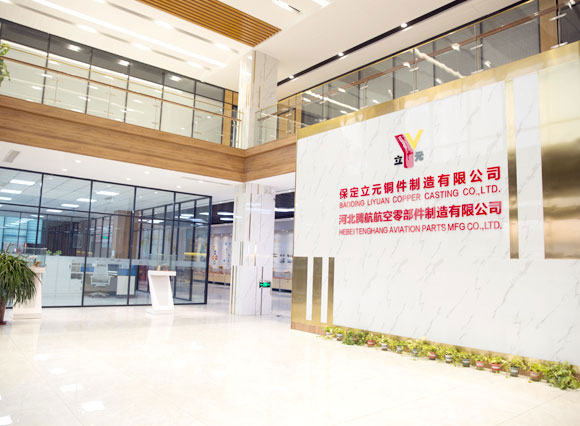
Online enquiry
Baoding Liyuan copper parts manufacturing Co., Ltd. has focused on the copper casting industry for more than 40 years. The company covers an area of 28000 square meters. It is a technical production enterprise that always focuses on the casting and processing of copper and copper alloy.

Contact us
Baoding Liyuan copper parts manufacturing Co., Ltd. has focused on the copper casting industry for more than 40 years. The company covers an area of 28000 square meters. It is a technical production enterprise that always focuses on the casting and processing of copper and copper alloy.
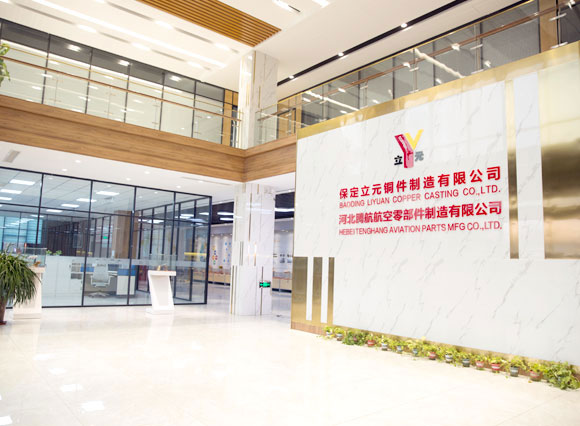

 中文
中文 EN
EN


